As I wandered through the bustling streets of Luxor, I found myself immersed in a world where the past seamlessly intertwines with the present. From the iconic Karnak Temple to the enigmatic Valley of the Kings, every corner of this city tells a story thousands of years in the making. Luxor, also known as the "world's greatest open-air museum", boasts a rich history and a plethora of ancient monuments and archaeological sites.
Sights
Luxor is home to some of the most iconic and impressive archaeological sites in the world. The Valley of the Kings is a must-see, with its underground tombs and hieroglyphics dating back to the pharaohs. The Temple of Karnak is another popular attraction, with its towering columns and impressive statues. The Colossi of Memnon and the Mortuary Temple of Hatshepsut are also worth a visit. Be sure to hire a knowledgeable tour guide to get the most out of your sightseeing experience.
Karnak Temple: A Must-See Destination in Egypt
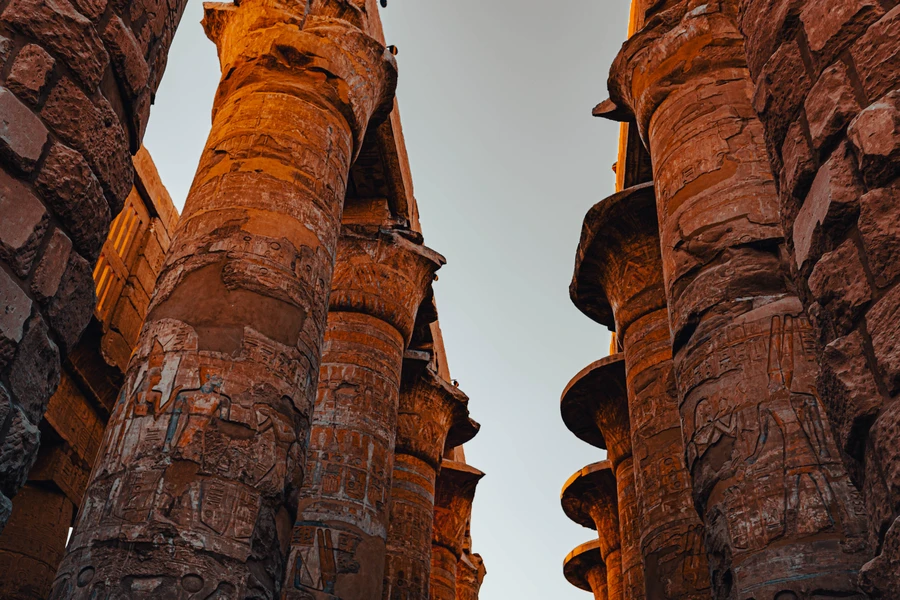
Karnak Temple, located in the city of Luxor in Egypt, is one of the largest religious complexes in the world. Built over a period of 2,000 years, from the Middle Kingdom to the Ptolemaic period, this ancient temple complex is a remarkable feat of architecture and engineering. It was dedicated to the god Amun, his wife Mut, and their son Khonsu, and was considered one of the most important religious centers in ancient Egypt. Today, Karnak Temple is a popular tourist destination, attracting millions of visitors every year. In this article, we'll explore the different sections of Karnak Temple and what makes them unique.
Karnak Temple is a must-see destination for anyone interested in ancient Egyptian history and architecture. The complex is massive and contains numerous structures that are worth exploring. Visitors can spend hours wandering through the halls and courtyards, marveling at the intricate carvings and hieroglyphics that cover the walls. Whether you're a history buff, an architecture enthusiast, or simply looking for a unique travel experience, Karnak Temple is a destination that should not be missed.
The Great Hypostyle Hall
The Great Hypostyle Hall is one of the most impressive sections of Karnak Temple. It is a vast hall that covers an area of over 50,000 square feet and is supported by 134 towering columns, some of which stand 80 feet tall. The hall was built by Seti I and his son Ramesses II and was used for religious and ceremonial purposes. The walls of the hall are covered in intricate carvings and hieroglyphics that depict scenes from Egyptian mythology.
The Precinct of Amun-Ra
The Precinct of Amun-Ra is the largest section of Karnak Temple and was dedicated to the god Amun-Ra, the chief deity of the Theban Triad. It consists of several temples, chapels, and other structures that were built over a period of 2,000 years. One of the most impressive structures in the precinct is the Temple of Amun, which was built during the New Kingdom period and was considered the most important temple in Egypt.
The Sacred Lake
The Sacred Lake is a large man-made body of water that was used for ritual purposes. It is located near the entrance of Karnak Temple and is surrounded by trees and other vegetation. The lake was used for purification rituals and was also believed to have healing powers. Visitors can take a walk around the lake and enjoy the peaceful surroundings. Close to the lake is the Kheper Scarap, visitors are urged to take a circular stroll around the statue to invite good luck and prosperity into their lives. Legend has it that completing three circuits around the statue brings about favorable outcomes.
The Avenue of Sphinxes
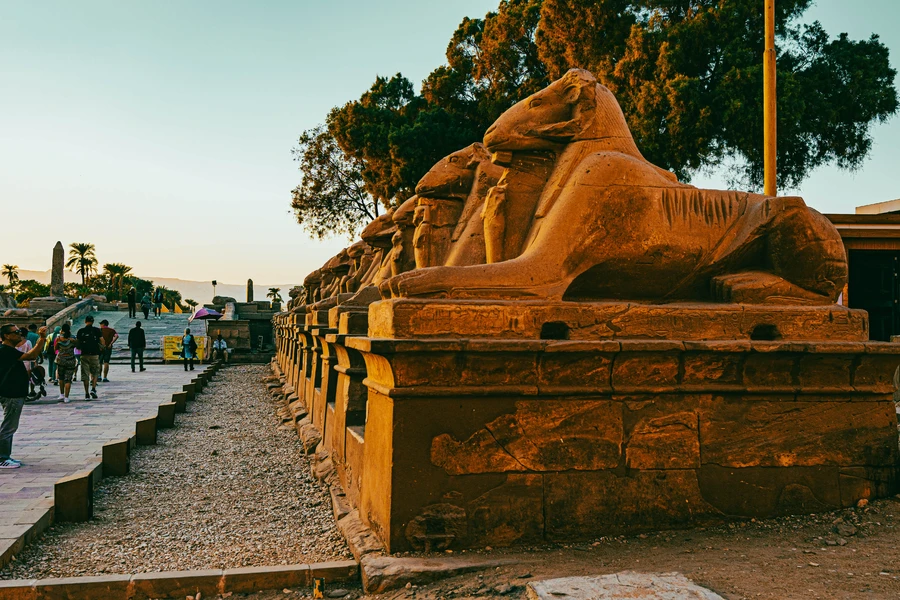
The Avenue of Sphinxes is a long path that leads to the entrance of Karnak Temple. It is lined with statues of sphinxes, each of which has the head of a ram and the body of a lion. The avenue was built by Nectanebo I and was used for ceremonial processions during the New Kingdom period.
It`s an awe-inspiring avenue flanked by hundreds of sphinx statues, linking the Luxor Temple to the Karnak Temple complex.
The sphinx statues, often carved from limestone or sandstone, line the avenue with their imposing presence
The Valley of the Kings
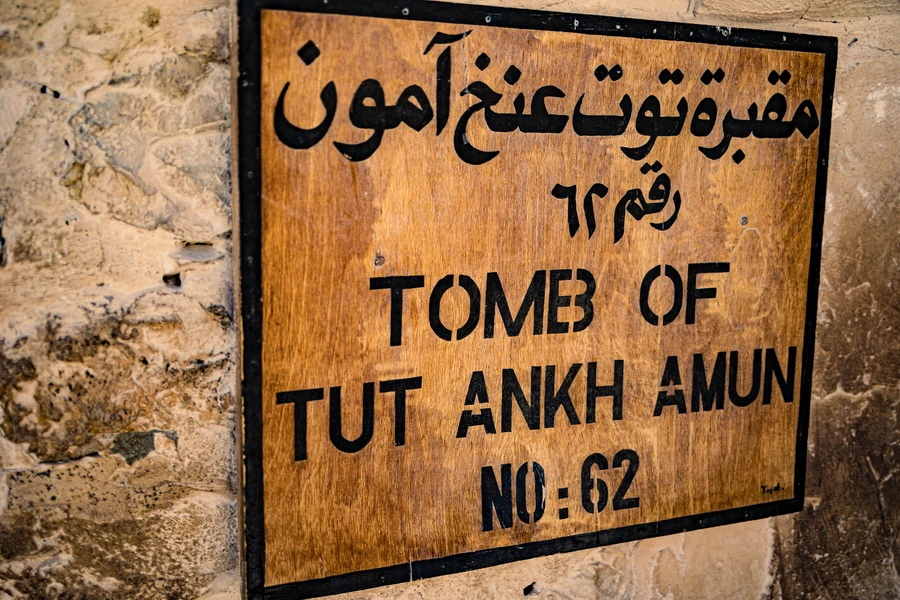
The Valley of the Kings, located on the west bank of the Nile River in Luxor, is one of Egypt's most famous and fascinating tourist destinations. This ancient burial ground is the final resting place of many pharaohs and their consorts from the New Kingdom period. In this article, we'll explore the different sections of the Valley of the Kings and what makes them unique.
The Valley of the Kings is a must-see destination for anyone interested in ancient Egyptian history and culture. The tombs are a testament to the wealth and power of the pharaohs and their belief in the afterlife. Visitors can spend hours exploring the different tombs and marveling at the intricate carvings and paintings. Whether you're a history buff, an archaeology enthusiast, or simply looking for a unique travel experience, the Valley of the Kings is a destination that should not be missed.
History of the Valley of the Kings
The Valley of the Kings was used as a burial ground for over 500 years, from the 16th to the 11th century BC. The valley was chosen for its secluded location and the dry, rocky terrain, which provided a natural barrier against tomb robbers. The tombs were filled with treasures and artifacts, including gold, jewelry, and statues, all of which were believed to accompany the pharaohs on their journey to the afterlife.
The Tombs
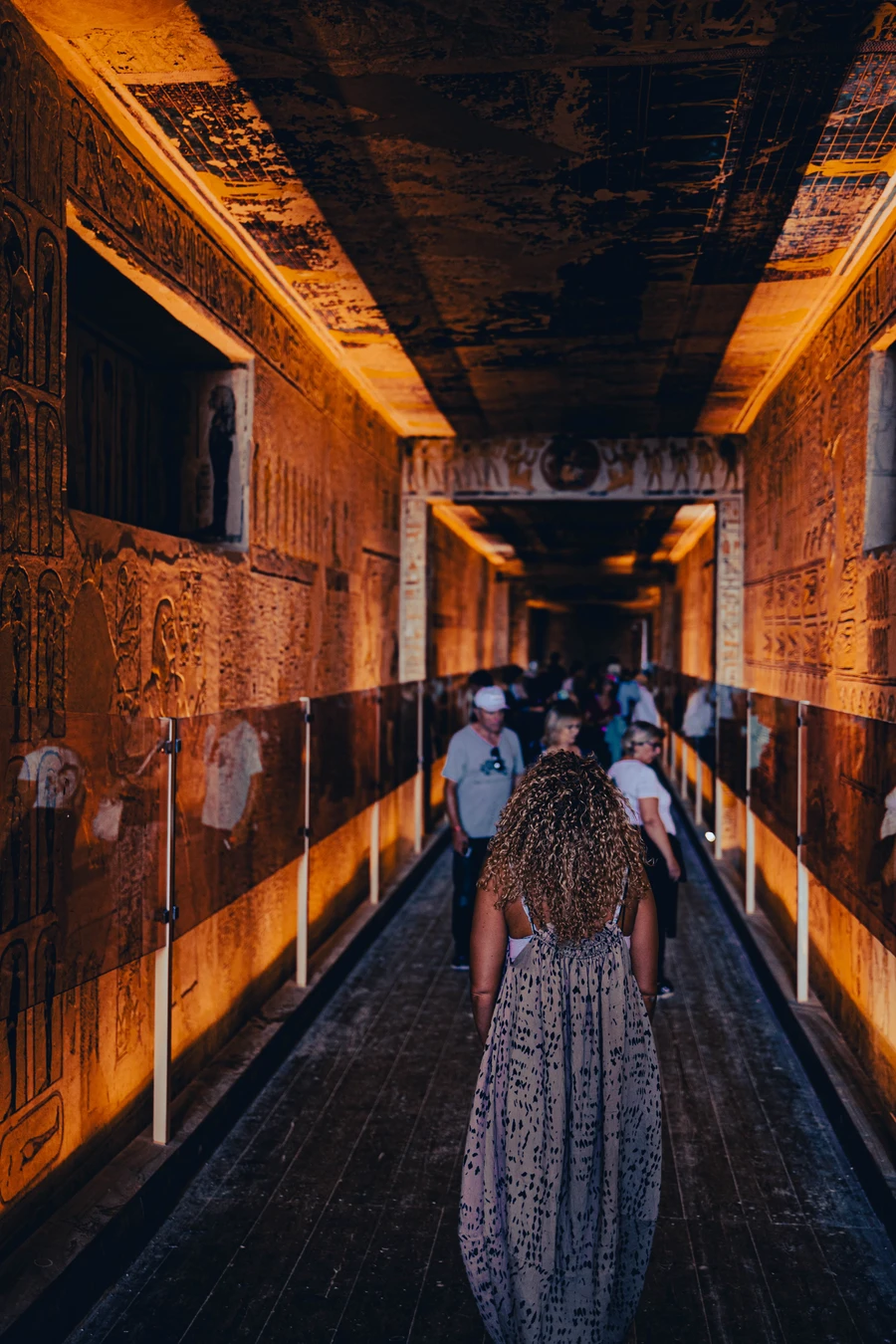
The Valley of the Kings contains over 60 tombs, although not all of them are open to the public. Each tomb is unique, with different chambers and decorations. The most famous tomb is that of King Tutankhamun, which was discovered by Howard Carter in 1922. The tomb contained over 5,000 artifacts, including the famous gold burial mask that has become an icon of ancient Egypt.
Other notable tombs include the tomb of Ramses III, which contains impressive wall paintings depicting scenes from the Book of the Dead, and the tomb of Seti I, which is one of the largest and most elaborately decorated tombs in the valley.
The Visitor Center
The visitor center at the Valley of the Kings is a great place to start your visit. It provides an introduction to the history of the valley and the different tombs that are open to the public. You can also purchase tickets and book guided tours here. The center has a small museum that displays some of the artifacts that have been found in the tombs.
Mortuary Temple of Hatshepsut
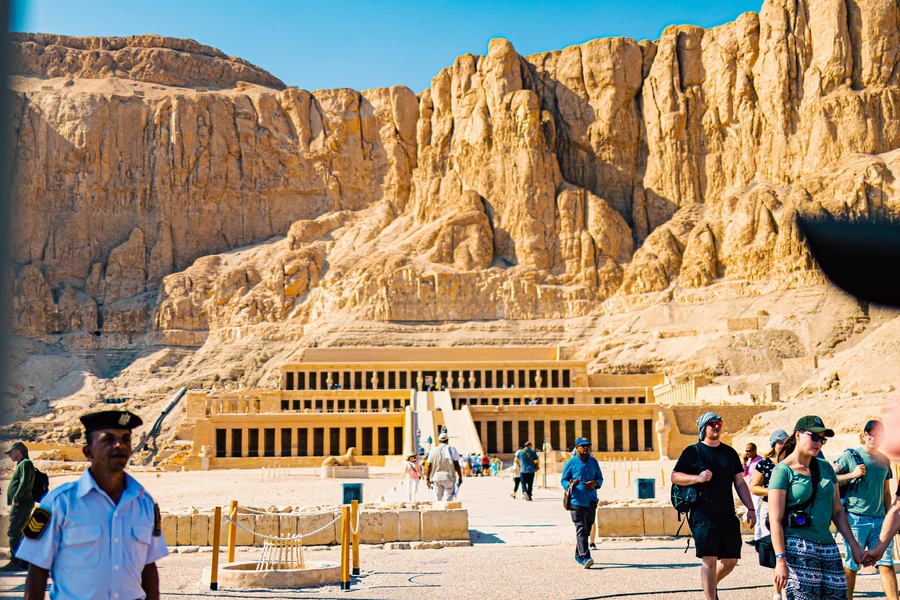
Nestled amidst the rugged cliffs of the Valley of the Kings in Luxor, Egypt, the Mortuary Temple of Hatshepsut stands as a testament to the architectural prowess and political prowess of one of ancient Egypt's most remarkable rulers. Built during the 15th century BCE, this grandiose structure serves as a memorial to Pharaoh Hatshepsut, one of the few female pharaohs in Egypt's history.
The Colossi of Memnon
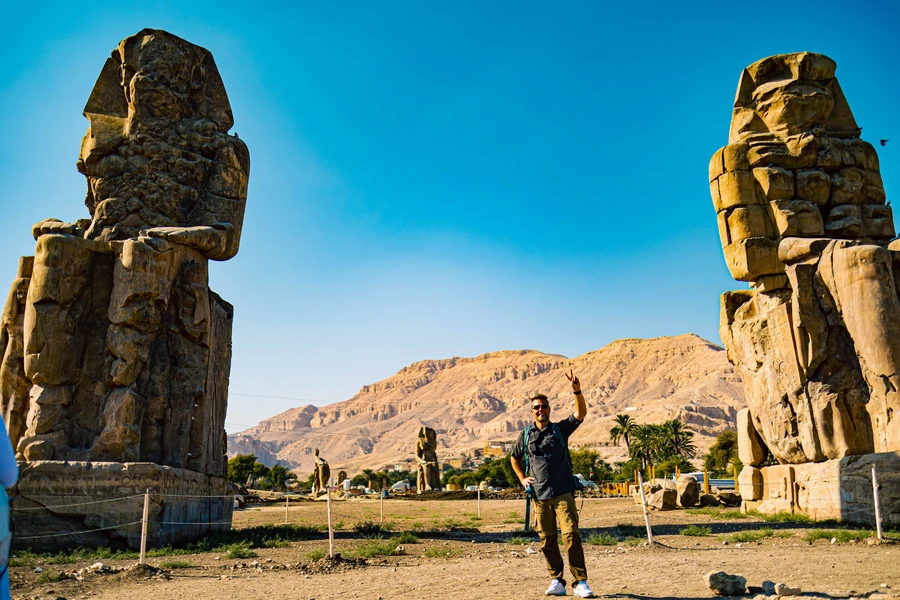
The Colossi of Memnon are two massive statues that stand at the entrance to the Valley of the Kings. They are over 18 meters tall and depict the pharaoh Amenhotep III. The statues are the only remaining parts of a massive temple that once stood here. The colossi are an impressive sight and are a popular spot for photos.
Food
Egyptian cuisine is a feast for the senses, and Luxor is no exception. Some of the must-try dishes include koshari, a delicious mix of rice, pasta, lentils, and chickpeas, and ful medames, a hearty stew made with fava beans. For those with a sweet tooth, try the konafa, a traditional Egyptian dessert made with shredded phyllo dough and sweet cheese. There are plenty of restaurants and street food vendors in Luxor to choose from, so don't be afraid to explore and try something new.
Accommodation
Luxor offers a variety of accommodation options to suit all budgets, from budget-friendly hostels to luxurious hotels. Many of the hotels are located on the banks of the Nile, offering stunning views of the river and the surrounding temples. If you're looking for a more authentic experience, consider staying in a traditional Nubian village on the West Bank of the Nile.
In conclusion, Luxor is a must-visit destination for anyone interested in ancient history and culture. With its impressive archaeological sites, delicious cuisine, and variety of accommodation options, it's a city that's sure to leave a lasting impression. Just be sure to plan ahead and hire a knowledgeable guide to make the most of your visit.


